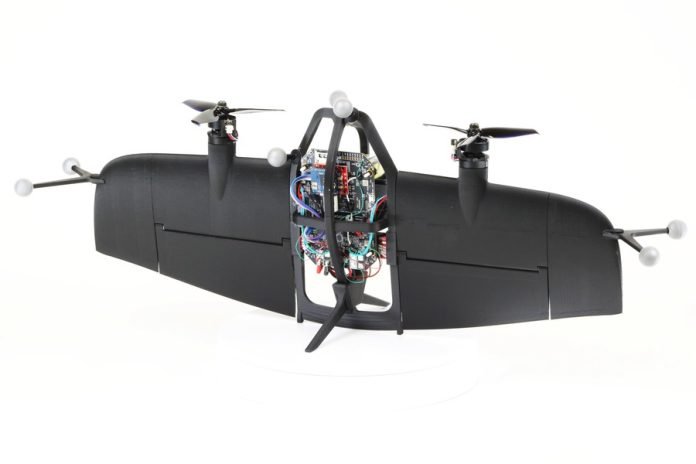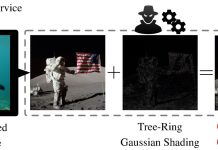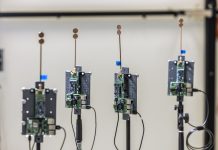
Ever heard of a “tailsitter” aircraft?
It’s a special kind of flying machine that can take off and land just like a helicopter but can also fly fast like an airplane.
These amazing machines are great for tasks like finding lost people or delivering packages quickly.
And now, scientists at MIT have made them even better!
What’s So Cool About Tailsitters?
Tailsitters are not your everyday drones.
They take off and land vertically, standing on their tails. Once they’re up in the air, they tilt forward and fly like a regular airplane.
This makes them quick and efficient, covering large areas faster than most drones.
MIT researchers, led by Ezra Tal, have made tailsitters perform like never before.
They’ve developed special computer instructions, or “algorithms,” that allow these aircraft to fly in complicated ways. Imagine a drone doing flips, loops, or even flying sideways — that’s what they’ve achieved!
Before, scientists had to use simple models or even two different models to control how these aircraft fly.
One model was for when it was acting like a helicopter and another for when it was acting like an airplane. This was not ideal and limited what the aircraft could do.
So What’s New?
Tal and his team said, “Let’s use just one model for everything!”
With this new approach, they have made tailsitters perform dazzling maneuvers like rolling, looping, and making sharp turns. They even had a drone race where several tailsitters zoomed through the air, doing synchronized acrobatics!
Besides being super cool to watch, these new algorithms could help save lives.
For instance, these enhanced tailsitters could fly into a collapsed building, dodging obstacles, to quickly search for survivors. They could also be used for package delivery or monitoring wildlife without disturbing them.
Making a tailsitter do all these moves isn’t simple. Normally, it would take a lot of time and computer power to figure out if a certain flight path is even possible.
MIT researchers used something called “differential flatness” to make this process faster. It’s a way to quickly check if a flight path works without doing lots of complicated math.
These awesome tricks have so far been tested indoors. The next challenge is to see how well the tailsitter performs outdoors where wind and weather can mess things up.
But, the team is excited and believes their technology could make tailsitters more popular for all sorts of uses.
So the next time you see a drone, imagine what could be possible if it was one of MIT’s super tailsitters.
They’re not just amazing to watch; they could also make our lives better in many ways!
The study was published in IEEE Transactions on Robotics.
Follow us on Twitter for more articles about this topic.



